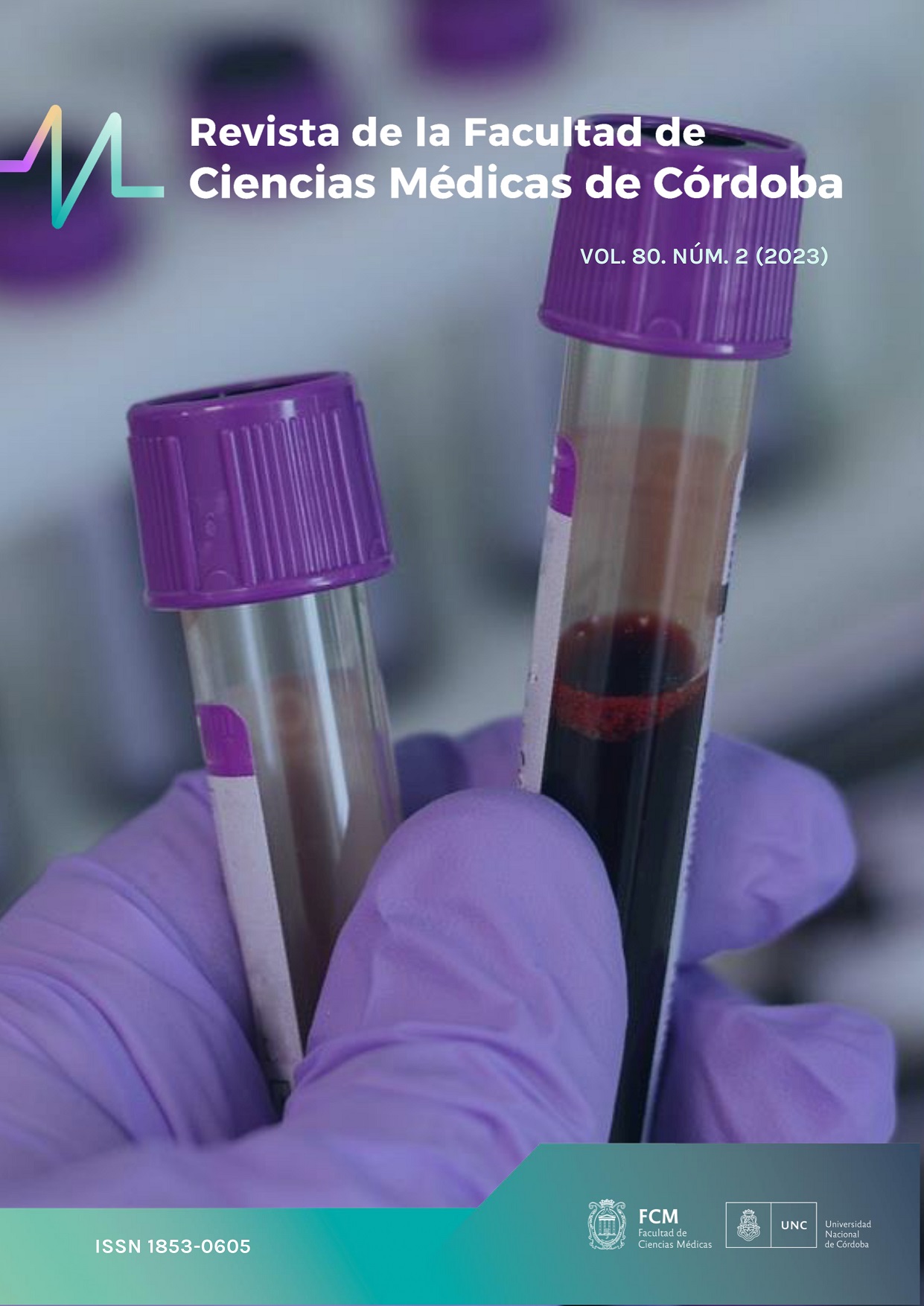Quality assessment conferences in surgery
DOI:
https://doi.org/10.31053/1853.0605.v81.n3.44806Keywords:
education medical, health care, morbidity, general surgery, posoperative complications, quality indicatorsAbstract
Background: Surgical complications are preventable in up to 50% of cases, actually are various tools to avoid them, one of these are morbidity and mortality conferences. However, there are no guides that define their structure for them to be effective. Objective; Analyze the impact of a new modality of surgical conferences in a sector of benign biliary pathology, called quality evaluation conferences. Methodology: Descriptive observational study where the overall improvement of the sector, the decrease in complications and the quality of patient care are compared. For 6 months, a weekly quality evaluation conference was carried out. It had 5 stages; 1. Analysis of all discharged patients. 2. Review of adverse events. 3. Review of the list and order of patients in the surgical plan. 4. Reproduction of recorded surgeries and review of scientific articles. 5. Review of own scientific works in development. Results: after implementing the conferences, there was a decrease in the number and severity of complications, as well as an improvement in the correct and timely surgical indication. Conclusion; Quality evaluation workshops as an evolution of morbidity and mortality workshops are a novel tool that, when well implemented, can help improve quality standards and in turn be used as a learning option in training centers.
Downloads
References
1. Haugen AS, Sevdalis N, Søfteland E. Impact of the World Health Organization Surgical Safety Checklist on Patient Safety. Anesthesiology. 2019 Aug;131(2):420-425. doi: 10.1097/ALN.0000000000002674.
2. Verhagen MJ, de Vos MS, Hamming JF. Taking Morbidity and Mortality Conferences to a Next Level: The Resilience Engineering Concept. Ann Surg. 2020 Nov;272(5):678-683. doi: 10.1097/SLA.0000000000004447.
3. Slater N, Sekhon P, Bradley N, Shariff F, Bedford J, Wong H, Chiu CJ, Joos E, Ball CG, Hameed M. Morbidity and mortality conferences in general surgery: a narrative systematic review. Can J Surg. 2020 May 8;63(3):E211-E222. doi: 10.1503/cjs.009219.
4. Haynes AB, Weiser TG, Berry WR, Lipsitz SR, Breizat AH, Dellinger EP, Herbosa T, Joseph S, Kibatala PL, Lapitan MC, Merry AF, Moorthy K, Reznick RK, Taylor B, Gawande AA; Safe Surgery Saves Lives Study Group. A surgical safety checklist to reduce morbidity and mortality in a global population. N Engl J Med. 2009 Jan 29;360(5):491-9. doi: 10.1056/NEJMsa0810119.
5. Gregor A, Taylor D. Morbidity and Mortality Conference: Its Purpose Reclaimed and Grounded in Theory. Teach Learn Med. 2016 Oct-Dec;28(4):439-447. doi: 10.1080/10401334.2016.1189335.
6. Brezis M, Cohen R. Interactive learning in medicine: socrates in electronic clothes. QJM. 2004 Jan;97(1):47-51. doi: 10.1093/qjmed/hch008.
7. Bal G, Sellier E, Tchouda SD, François P. Improving quality of care and patient safety through morbidity and mortality conferences. J Healthc Qual. 2014 Jan-Feb;36(1):29-36. doi: 10.1111/j.1945-1474.2011.00203.x..
8. Dindo D, Demartines N, Clavien PA. Classification of surgical complications: a new proposal with evaluation in a cohort of 6336 patients and results of a survey. Ann Surg. 2004 Aug;240(2):205-13. doi: 10.1097/01.sla.0000133083.54934.ae.
9. World Health Organization. Safe Surgery Saves lives initiative. Int. J. Health Care Qual. Assur. 2008;21(7). doi: 10.1108/ijhcqa.2008.06221gab.001.
10. Van Bruwaene S. Surgical safety. World J Urol. 2020 Jun;38(6):1349-1350. doi: 10.1007/s00345-020-03249-1.
11. Equipo de la Dirección Nacional de Calidad en Servicios de Salud y Regulación Sanitaria. Herramienta para la autoevaluación de Buenas Prácticas para la mejora de la calidad en los servicios de saludlegisalud. Ministerio de Salud (AR) 2021. Disponible en: http://www.legisalud.gov.ar/pdf/msres1744_2021anexo1.pdf.
12. Kotsis SV, Chung KC. Application of the "see one, do one, teach one" concept in surgical training. Plast Reconstr Surg. 2013 May;131(5):1194-1201. doi: 10.1097/PRS.0b013e318287a0b3.
13. Petracchi E, Quesada B, Coiz L, Merchan P, Muthular M, Mojsiejczuk M, et al. Uso del pódcast como herramienta educativa en una residencia de Cirugía General en tiempos de COVID-19. Rev Argent Cir. 2022 Jan 1; 114(1) :36–43. doi: 10.25132/raac.v114.n1.1650.
Downloads
Published
Issue
Section
License
Copyright (c) 2024 Universidad Nacional de Córdoba

This work is licensed under a Creative Commons Attribution-NonCommercial 4.0 International License.
The generation of derivative works is allowed as long as it is not done for commercial purposes. The original work may not be used for commercial purposes.















